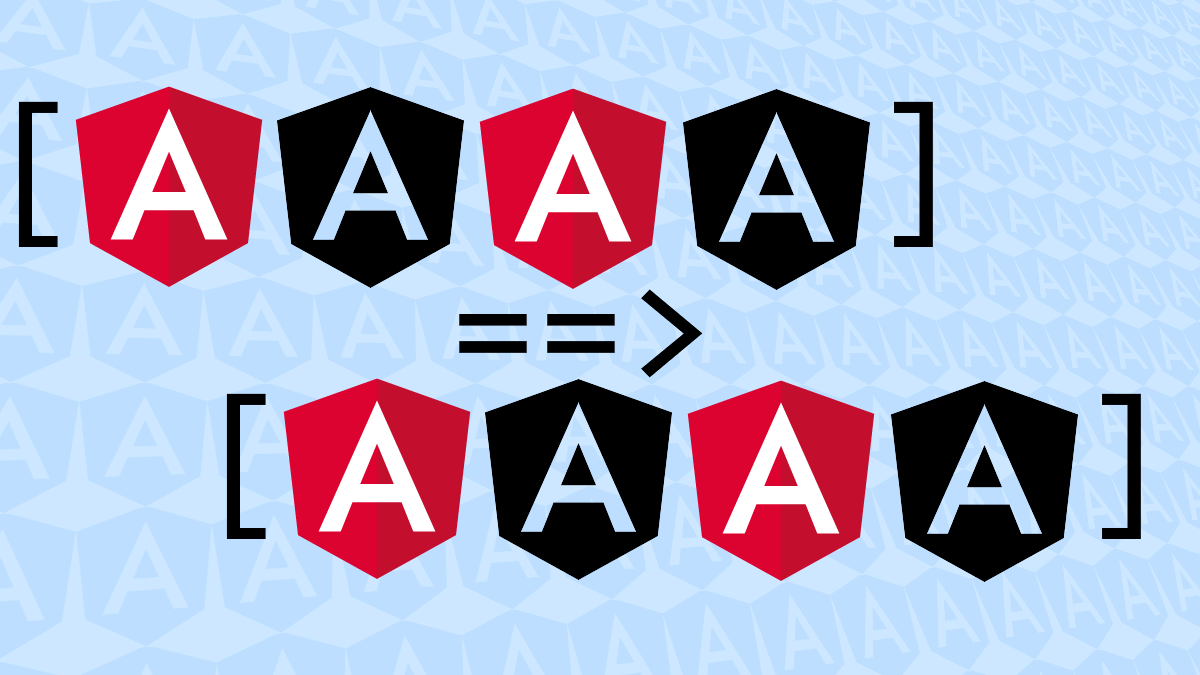Unexpected Lessons from 100% Test Coverage

The conventional wisdom of the software engineering community is that striving to 100% test coverage is a fool’s errand. It won’t necessarily help you catch all bugs, and it might lead you down questionable paths when writing your code.
My recent attempts at 100% test coverage showed me the answer is much more subtle. At times I was tempted to make questionable code changes just for the sake of coverage. In some of those times, I did succumb. Yet, I found that often, there is an enlightened way to both cover a branch and make the code better for it. Blind 100% coverage can cause us to make unacceptable compromises. If we constrain ourselves with only making the codebase better, however, then thinking about 100% coverage can change the way we think about a codebase. The story of my 100% test coverage attempt is a story of both the good and the bad.
Read more →


